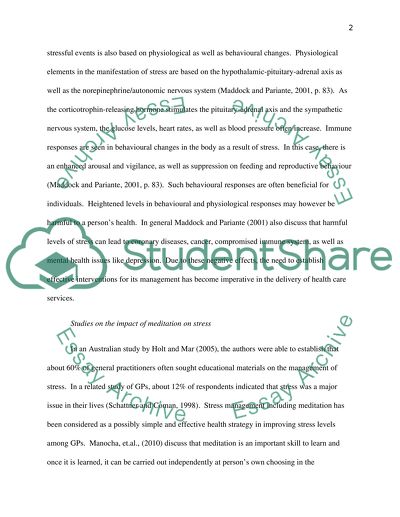Cite this document
(“How meditation impacts when dealing with stress Essay”, n.d.)
Retrieved from https://studentshare.org/health-sciences-medicine/1397647-discuss-how-meditation-impacts-when-dealing-with
Retrieved from https://studentshare.org/health-sciences-medicine/1397647-discuss-how-meditation-impacts-when-dealing-with
(How Meditation Impacts When Dealing With Stress Essay)
https://studentshare.org/health-sciences-medicine/1397647-discuss-how-meditation-impacts-when-dealing-with.
https://studentshare.org/health-sciences-medicine/1397647-discuss-how-meditation-impacts-when-dealing-with.
“How Meditation Impacts When Dealing With Stress Essay”, n.d. https://studentshare.org/health-sciences-medicine/1397647-discuss-how-meditation-impacts-when-dealing-with.


